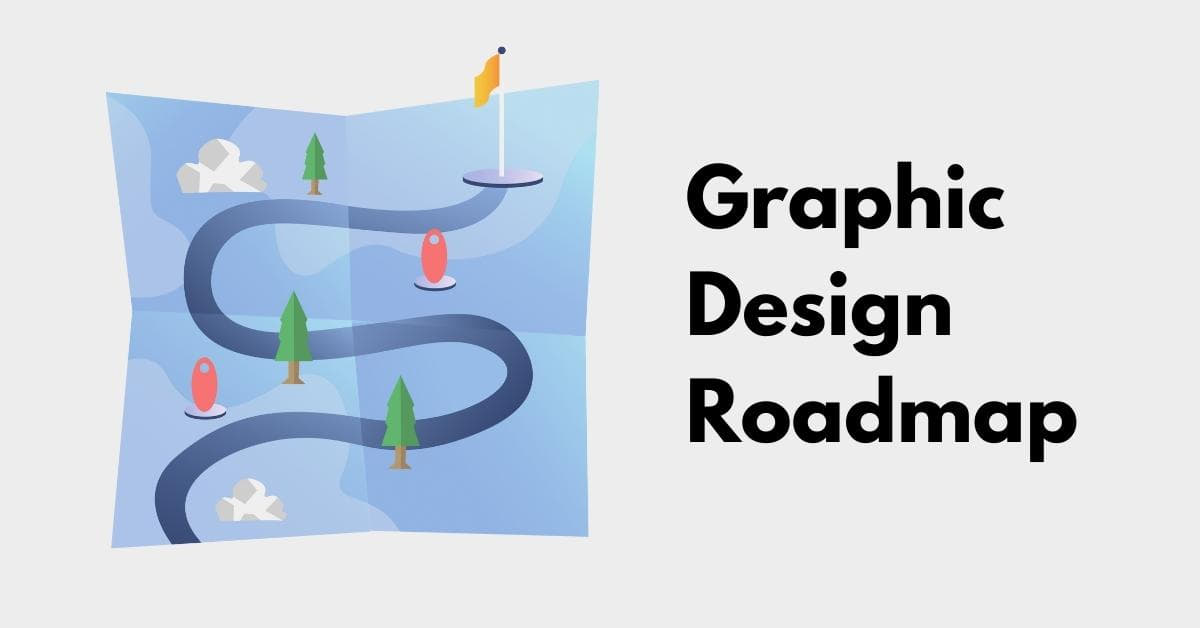Embarking on a journey into the dynamic world of graphic design can be both exciting and challenging. Whether you’re a budding graphic designer or someone looking to refine your skills, having a clear roadmap is essential. In this article, we’ll delve into the intricacies of the graphic design roadmap, offering guidance and insights to help you navigate this creative terrain.
Understanding the Graphic Design Roadmap
- Foundations of Design:
The journey begins with mastering the fundamental principles of design. This includes grasping concepts such as balance, contrast, emphasis, and unity. Building a solid foundation in design principles is crucial for creating visually appealing and effective designs. - Typography Mastery:
Typography is the art of arranging text in a visually appealing way. A graphic designer must understand different fonts, their characteristics, and how to use them effectively. This skill is pivotal in conveying the right message and setting the tone for a design. - Color Theory:
A profound understanding of color theory is essential. Designers need to know how colors interact, evoke emotions, and create visual hierarchy. Implementing a well-thought-out color scheme can significantly enhance the impact of a design. - Software Proficiency:
Graphic designers must be adept at using industry-standard software like Adobe Creative Suite (Illustrator, Photoshop, InDesign). These photo editing tools are indispensable for bringing creative concepts to life. - Visual Communication:
Graphic design is about effective communication through visuals. Understanding the target audience and conveying the intended message visually is a skill that sets great designers apart. - Web Design Basics:
As the digital landscape evolves, graphic designers often find themselves involved in web design projects. Familiarity with web design principles, user experience (UX), and user interface (UI) design is increasingly important. - Portfolio Development:
Building a strong portfolio is crucial for showcasing your skills and landing freelance projects or full-time positions. Include a variety of work that highlights your versatility and proficiency in different design aspects.
FAQs
Q1: How long does it take to become a proficient graphic designer?
A1: The timeline varies, but with consistent practice and learning, many designers see significant improvement within 6-12 months. However, mastery is an ongoing process that continues throughout a designer’s career.
Q2: Is formal education necessary for a career in graphic design?
A2: While a degree in graphic design can be beneficial, it’s not mandatory. Many successful designers are self-taught. Building a strong portfolio and gaining practical experience can be equally valuable.
Q3: How can I stay updated with the latest design trends?
A3: Stay engaged with design communities, follow industry blogs, and attend workshops or conferences. Social media platforms like Behance and Dribbble are excellent for discovering and learning from other designers.
Q4: What are the key challenges faced by graphic designers today?
A4: Common challenges include staying updated with rapidly evolving technology, managing client expectations, and maintaining a balance between creativity and meeting project deadlines.
Conclusion
The graphic design roadmap is a dynamic guide that evolves alongside the industry. By mastering foundational principles, staying updated with industry trends, and continuously refining your skills, you can chart a successful course in the exciting and ever-evolving world of graphic design.
This page was last edited on 28 February 2024, at 5:25 pm
